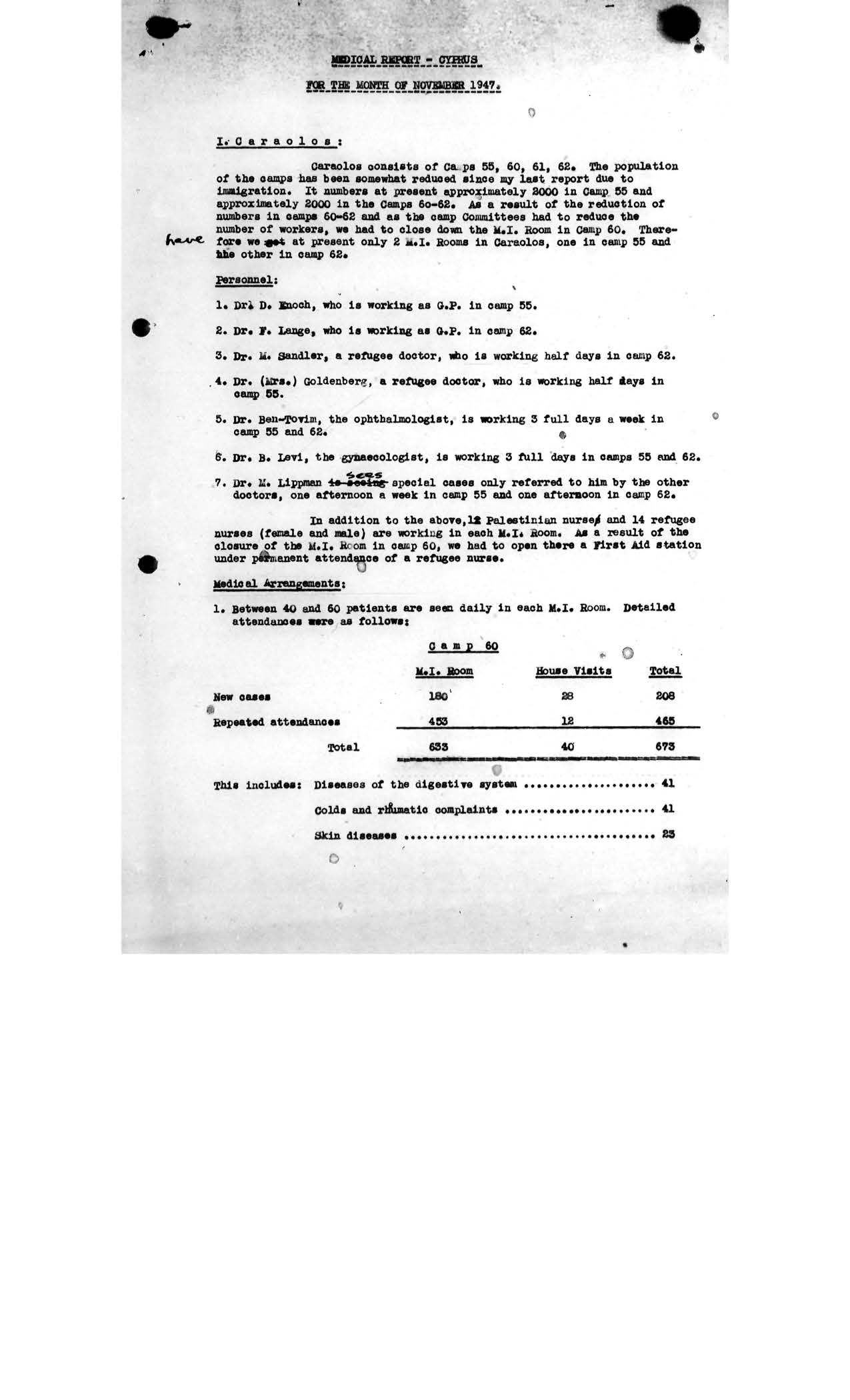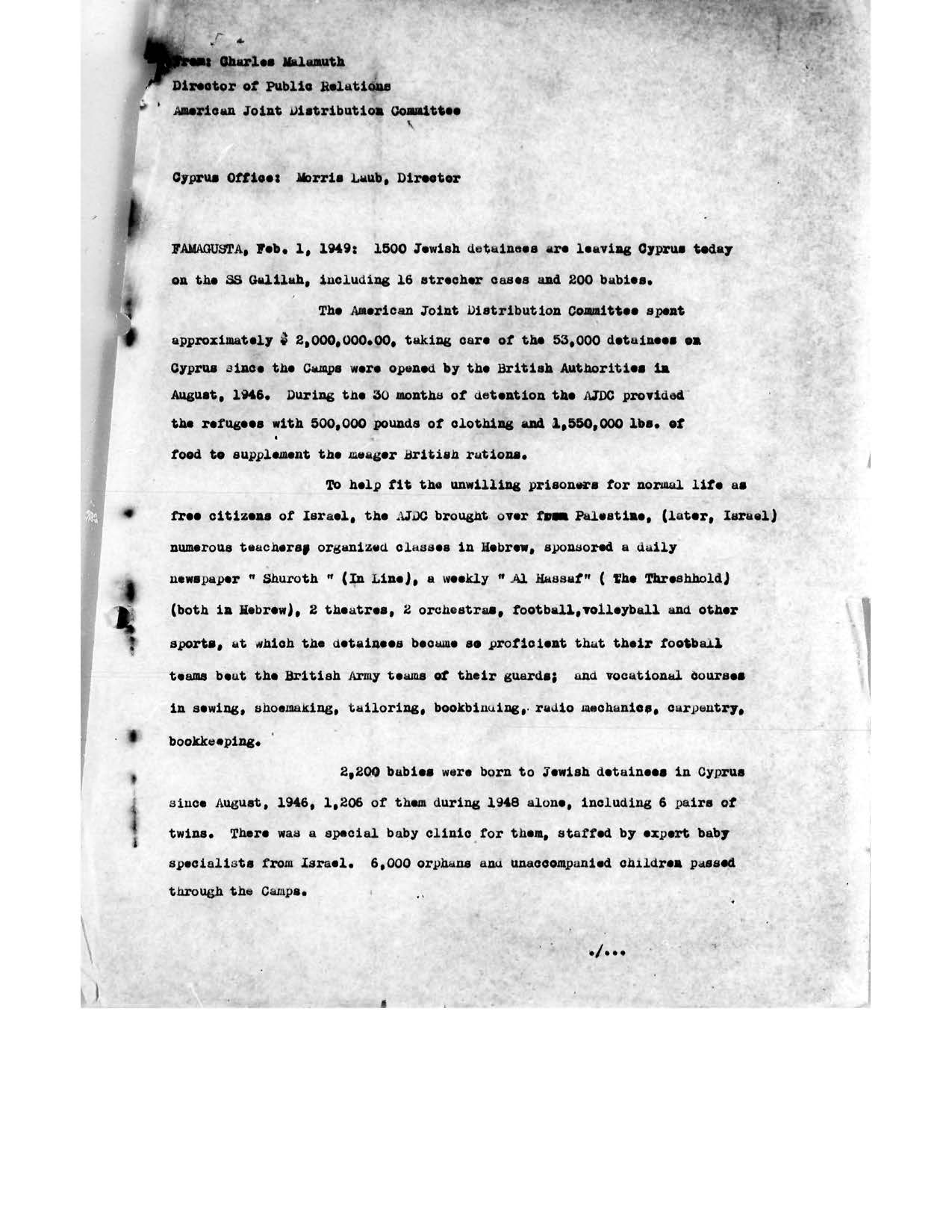Detained in Cyprus
On the eve of World War II, the British government in Palestine set restrictive immigration quotas for Jews when it issued the White Paper of 1939. In August 1946, faced with growing numbers of illegal Jewish immigrants, the British government enforced the quotas through its newly established policy of deporting such Jews. The deportees, mostly Holocaust survivors, were housed in 12 detention camps on British-controlled Cyprus. JDC was granted permission to work in these camps to supplement the meager services provided by the British, as well as to provide some relief from the harsh conditions of the camps as they found them.
By the time the internment camps closed in February 1949, JDC had spent approximately $2 million providing for some 55,000 refugees (including more than 2,000 babies who were born in the Cyprus camps) during their 30 months of internment. The detainees needed both rehabilitation from the wartime trauma they had experienced and eagerly anticipated the opportunity to acquire skills and cultural literacy as preparation for their new lives as productive citizens of a new Jewish state. This extensive relief program, under the leadership of Morris Laub, Director of AJDC Cyprus, included supplementary food rations, clothing, equipment, medical and dental care, vocational training programs, educational and religious materials, legal representation, and emigration assistance.
This guide helps tell the story of the detainees’ lives in the camps, including the memorable visit of the sensational young singer Shoshana Damari. Photos and artifacts show artistic creations, including of the detainee Shmuel Katz, later a famous artist in Israel.

The last Jewish refugee to leave the Cyprus detention camps, locking the gate behind him. 1949.
Film Clip
A Day of Deliverance – Cyprus (Excerpt), produced by JDC, 1949.
Photos
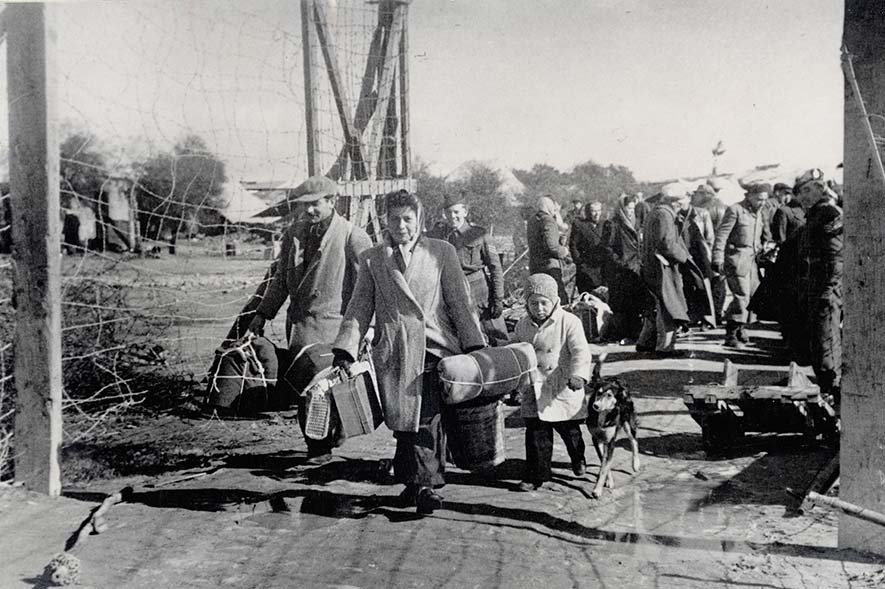
Photo gallery: Cyprus: Detention Camps
For additional photos, search our photo collection.
Art and Artifacts
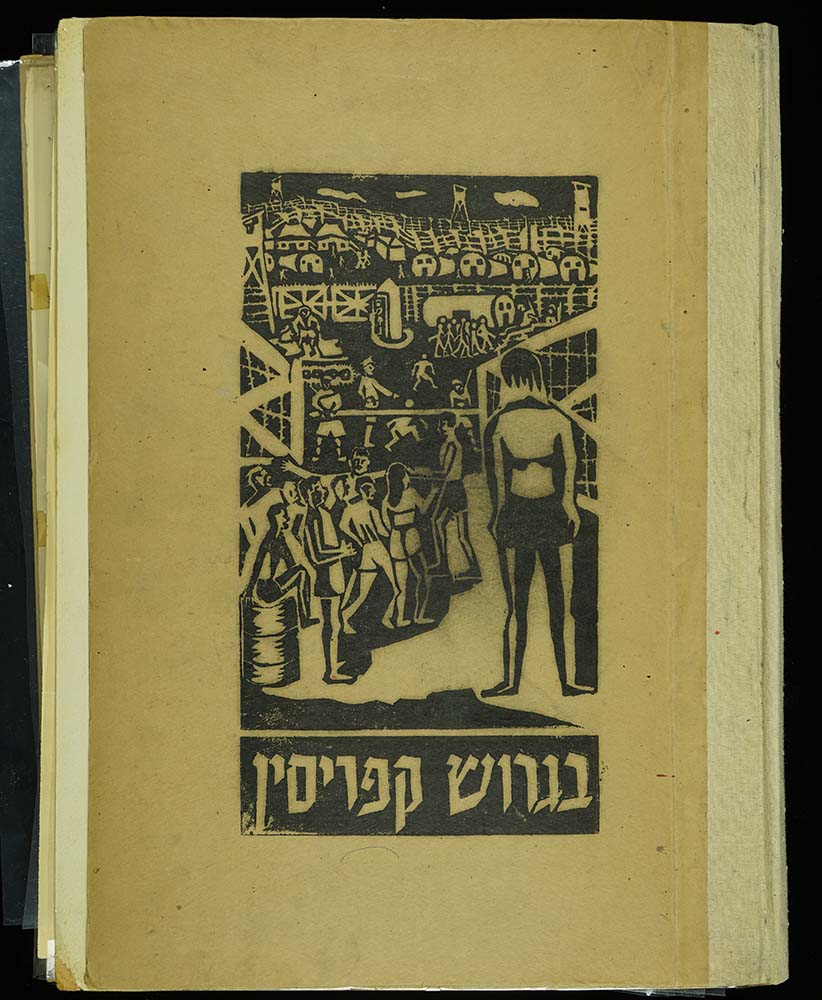
Cyprus Album. c. 1948. An album of approximately 35 prints, with 10 linocuts original to the work and 25 additional drawings.

Decorative box from Cyprus. c. 1948. Limestone box created by students of the JDC-funded Rutenberg Seminar.

Artist Shmuel Katz (left) shows his work to his teacher, Dr. Yitzchaq Ben Yosef, at one of the Cyprus camps. c. 1947.

Artwork recording the story of Jewish refugees trying to get into Palestine, made by a resident of the Cyprus detention camps. c. 1947.
Primary Sources from the Text Collection


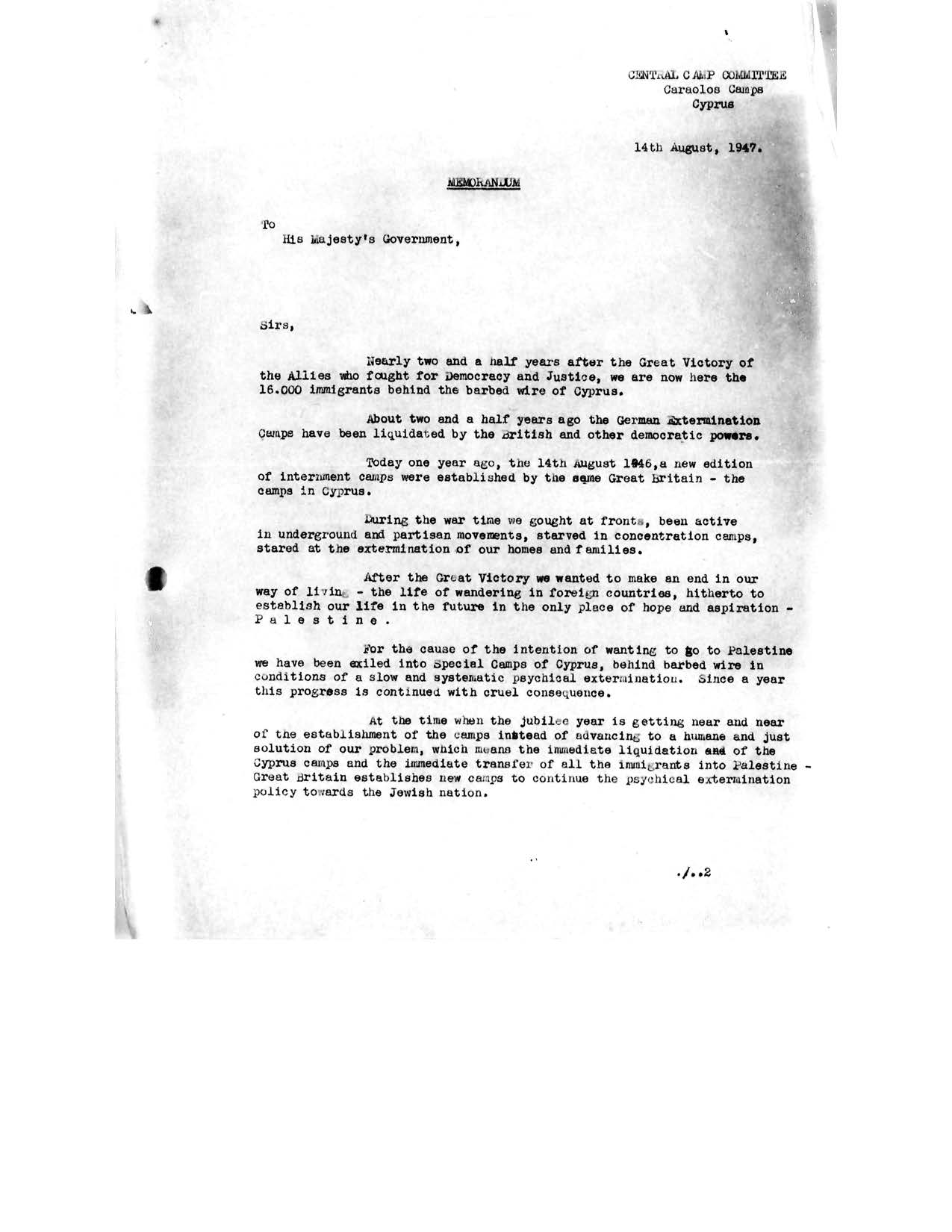
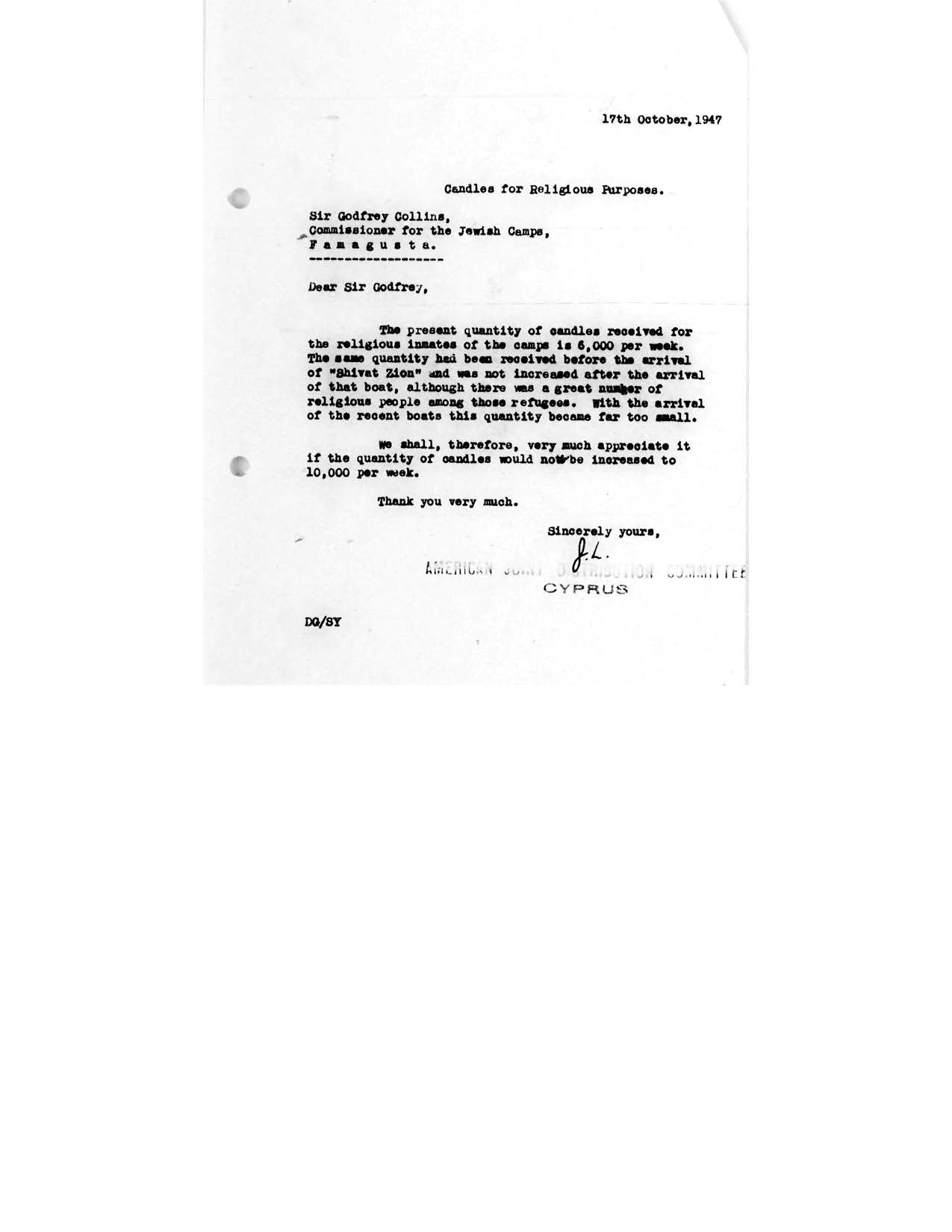
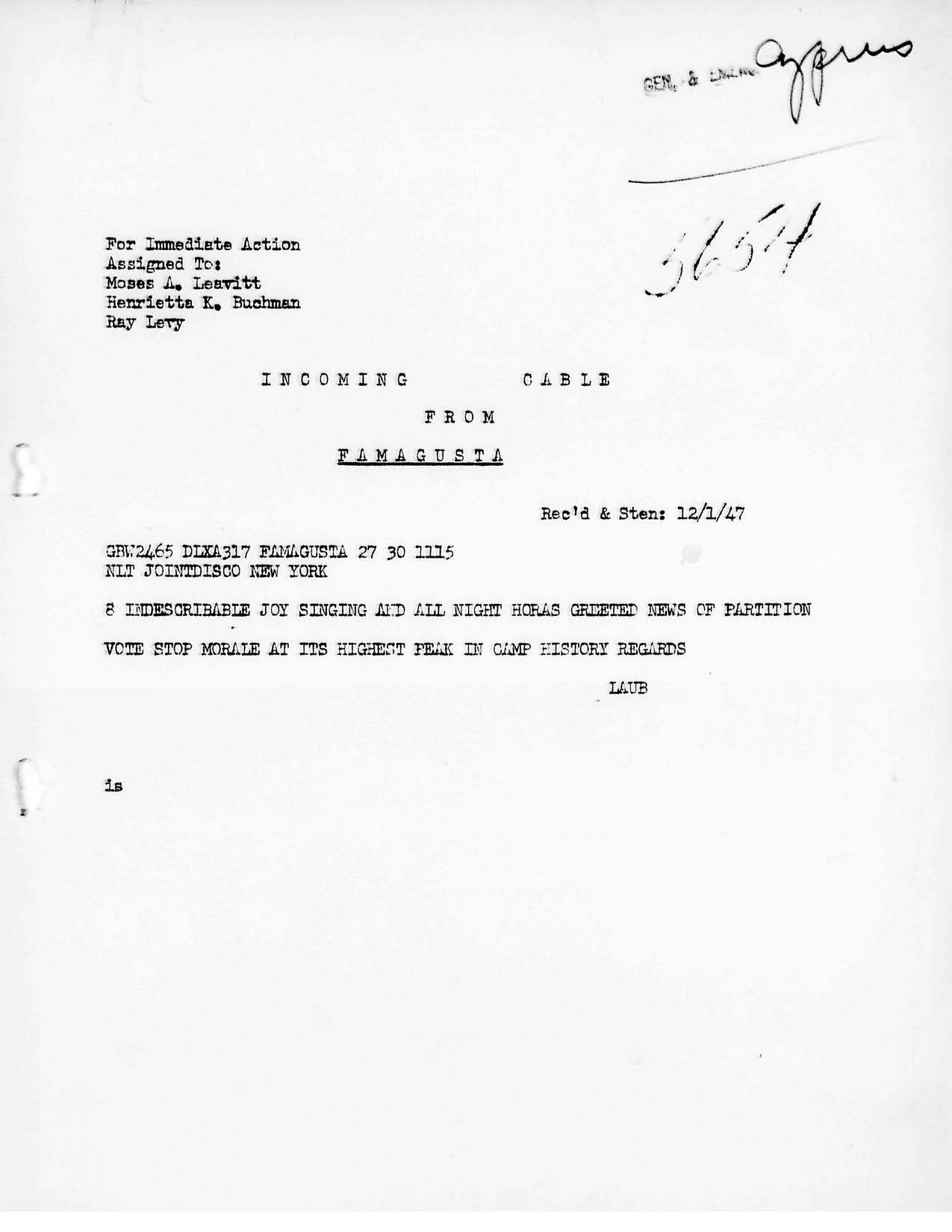

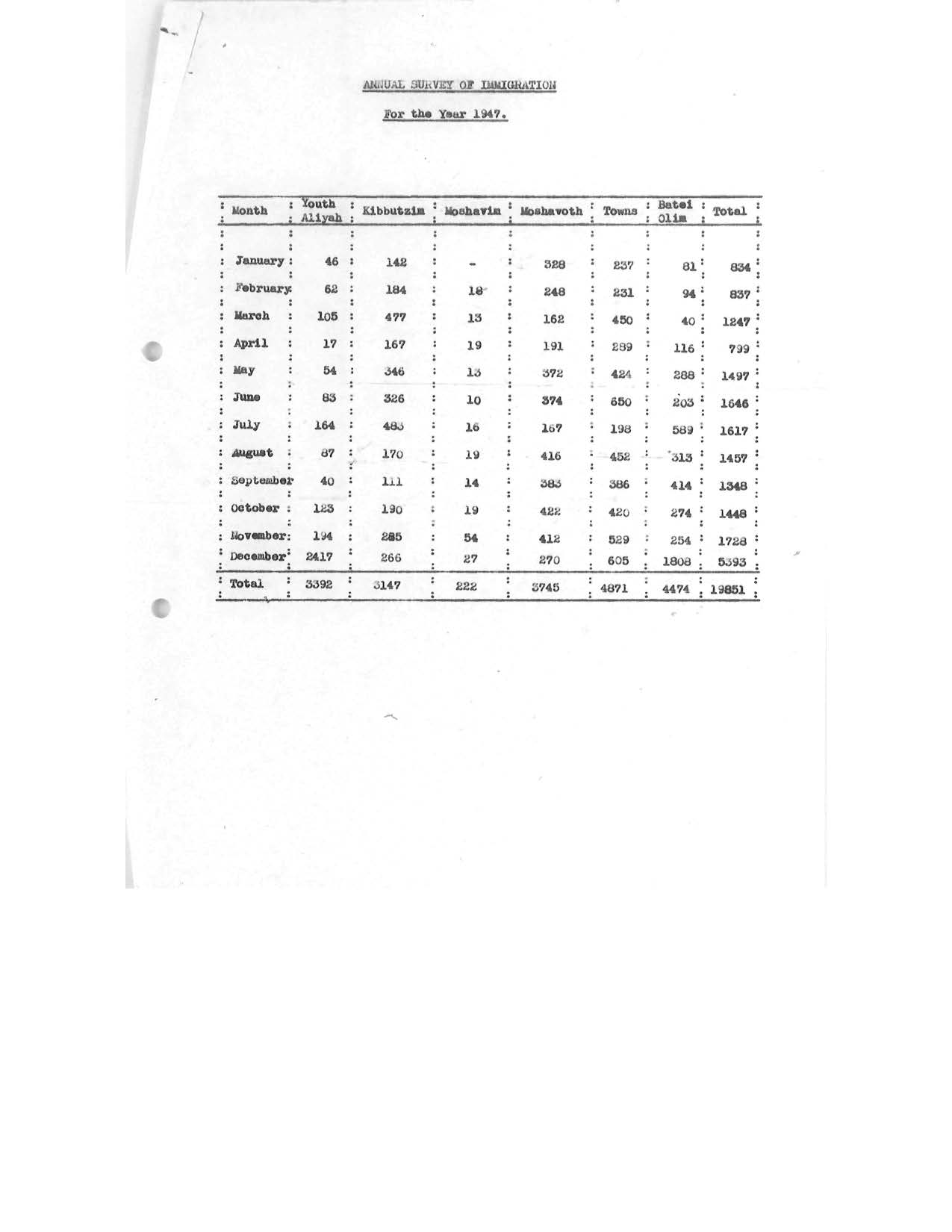
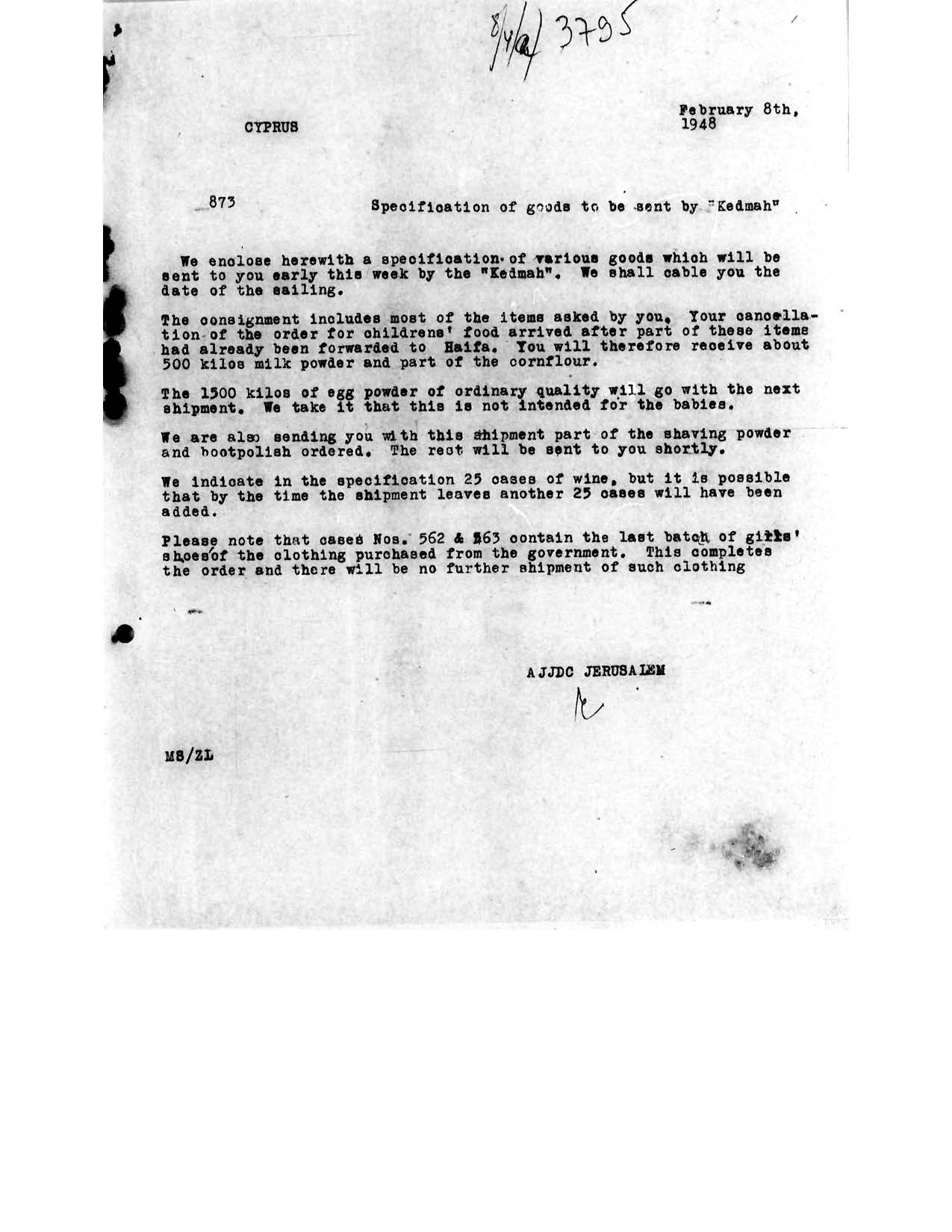

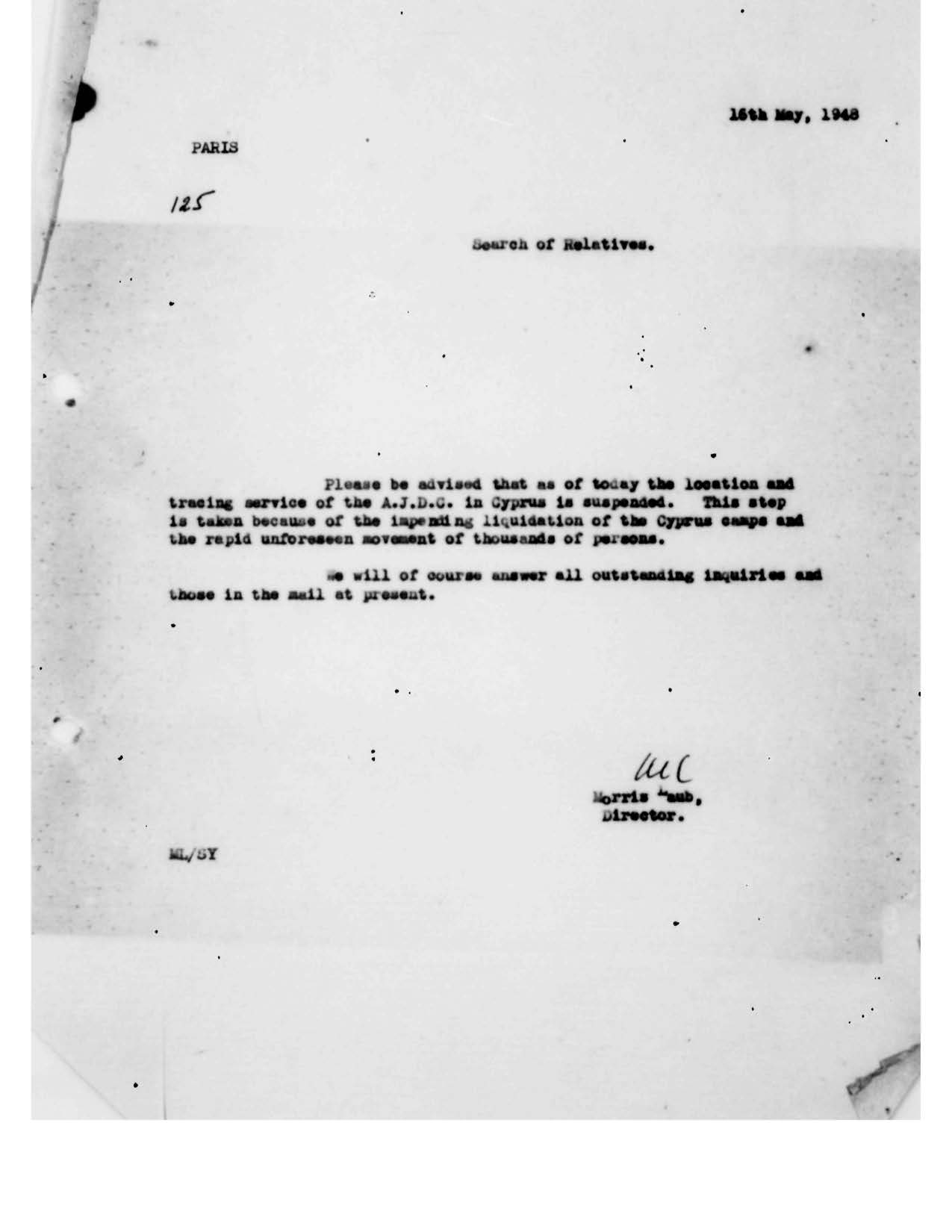
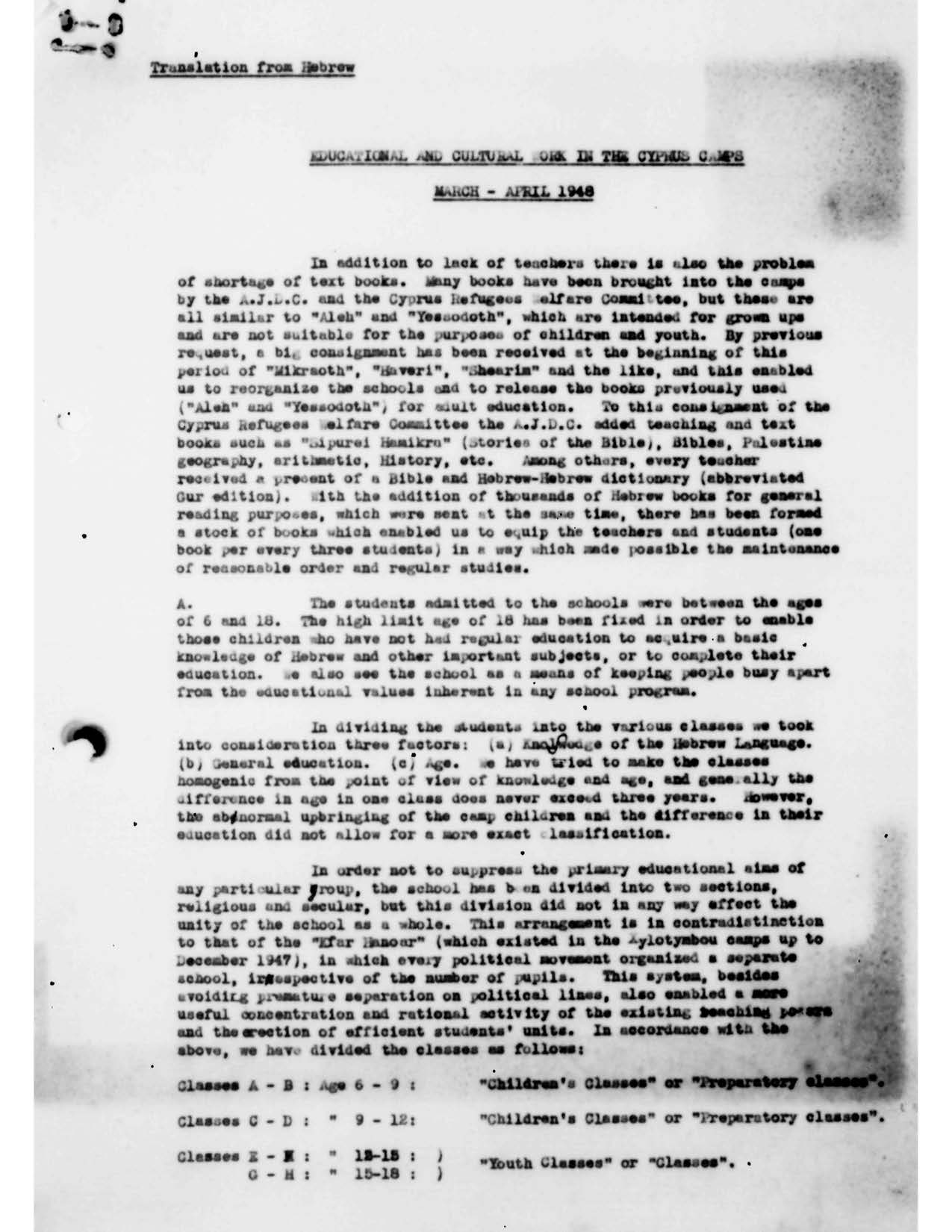
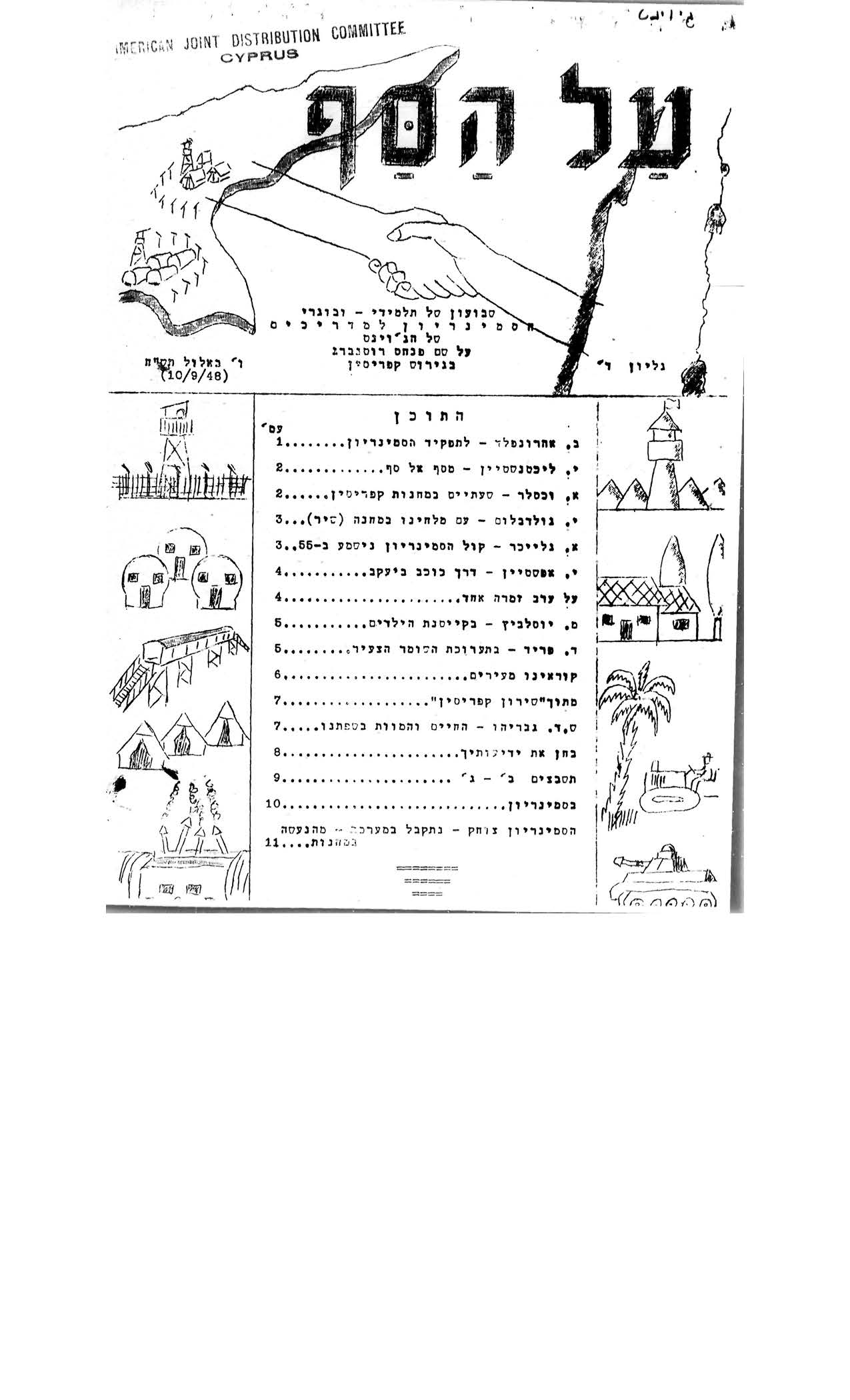
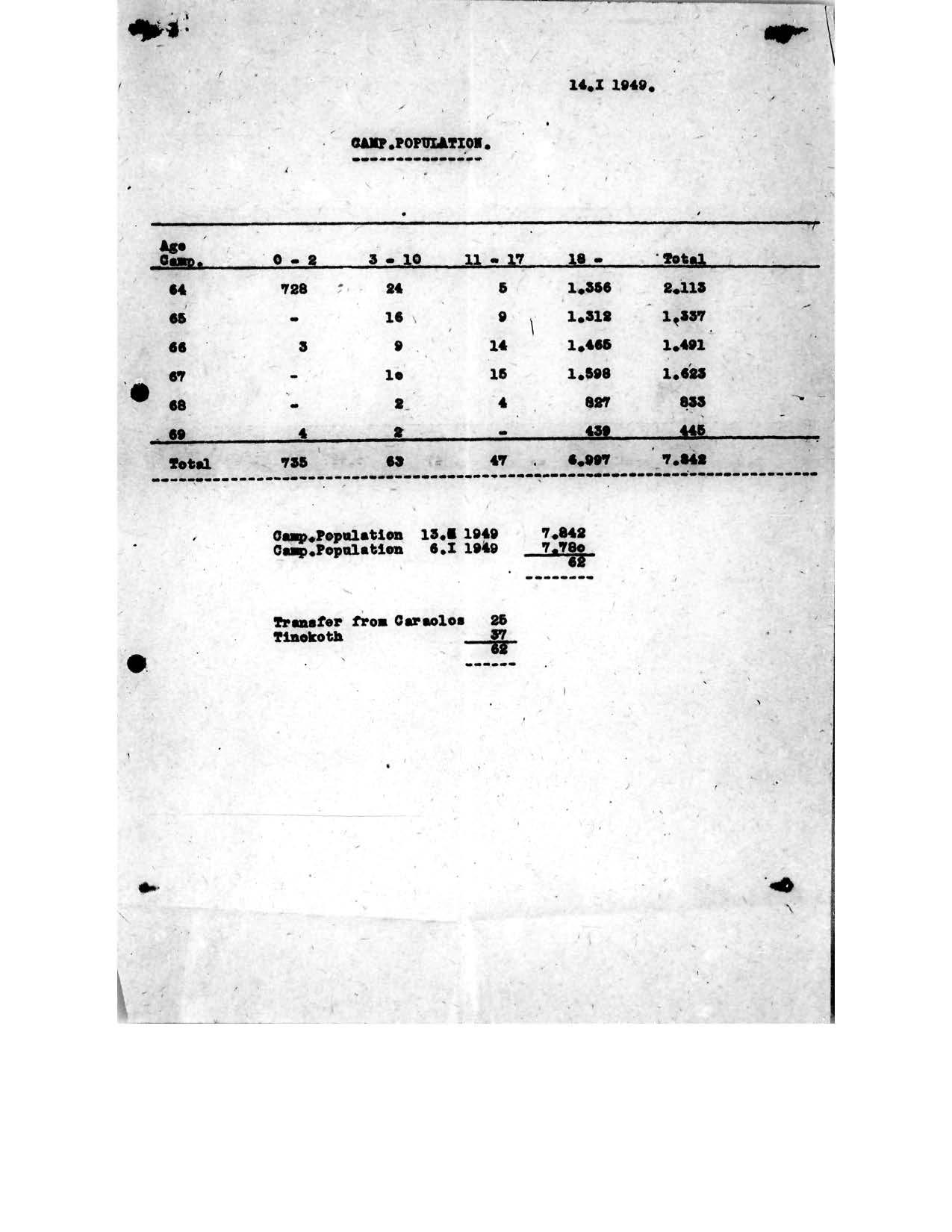

For More Information on This Topic:
Laub, Morris. Last Barrier to Freedom: Internment of Jewish Holocaust Survivors on Cyprus 1946-1949. Berkeley, Calif: J.L. Magnes Museum, 1985.
Finding Aid: The American Jewish Joint Distribution Committee, Cyprus Operation, 1945-1949
JDC Archives blog posts about Cyprus:
- Learning More about the Children of Cyprus
- Cultivating Artists on Cyprus: The Rutenberg Seminar
- How a Recent Grant Helped Uncover a Rare Artifact’s Provenance
Bintivey Haapala. Database of the Clandestine Jewish Immigration Information and Research Center, Atlit, Israel.

